#subalpine
Explore tagged Tumblr posts
Text

World Wetland Day
Less than one percent of Mount Rainier National Park is categorized as a wetland. When you picture a wetland, you may be thinking of a lowland marsh or a swamp. But at Mount Rainier, wetlands are primarily small habitats found in the subalpine zone! There are two types found in the park. “Subalpine herbaceous wetlands” are composed of a mix of plants like fan-leaf cinquefoil, black alpine sedge (Carex nigricans), and lakeshore sedge (Carex kelloggii). These wetlands are found in high-elevation basins throughout the park. Occasionally dense patches of Barclay’s willow (Salix barclayi) may dominate these environments, forming “subalpine willow wetland”. The two types often form mosaics, with willow wetlands adjacent to streams and surrounded by herbaceous wetlands. Wetlands can also occur throughout the alpine zone in depressions holding snow beds or collecting melt water. Wetlands attract numerous species and support healthy ecosystems.
NPS Photo of subalpine wetland along the Skyline Trail, 9/16/21.
51 notes
·
View notes
Text
Spring in the subalpine meadows of Washington state 🌷🌺🌸🌻🪻!.
#Spring#Washington state#meadows#subalpine#Flowers#downfall#downfalldestiny#life#magical realism#magical moments#beautiful women#beautiful#beauty#mountain#white mountains#Sky
65 notes
·
View notes
Text
A beautiful flower filled meadow near North Bend, British Columbia, Canada
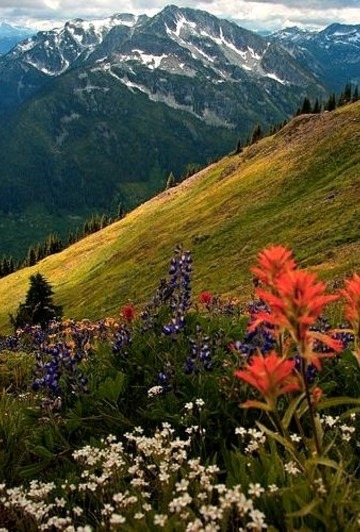
2 notes
·
View notes
Text
A beautiful flower filled meadow near North Bend, British Columbia, Canada
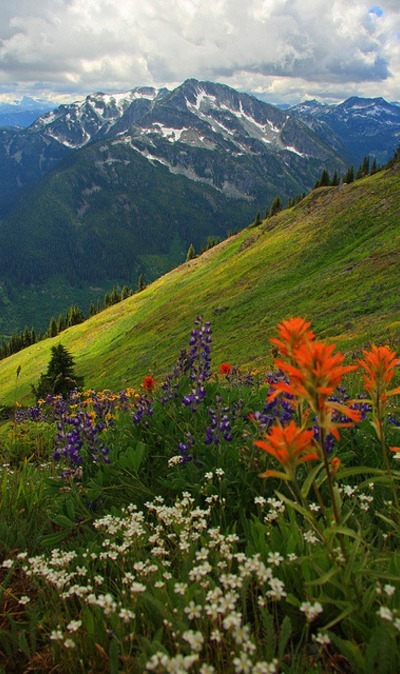
0 notes
Text
A beautiful flower filled meadow near North Bend, British Columbia, Canada

0 notes
Text
A beautiful flower filled meadow near North Bend, British Columbia, Canada

1 note
·
View note
Text
A beautiful flower filled meadow near North Bend, British Columbia, Canada
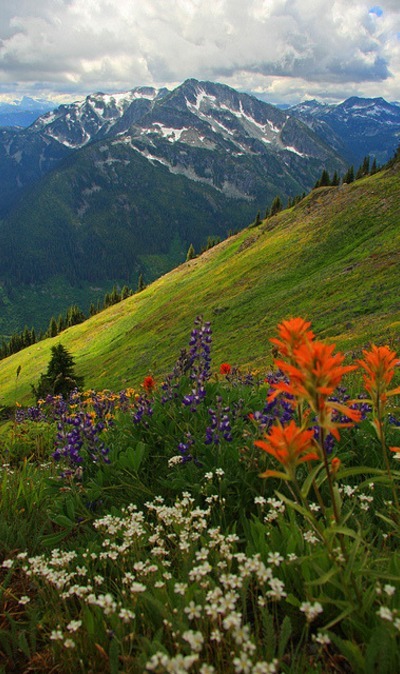
0 notes
Text

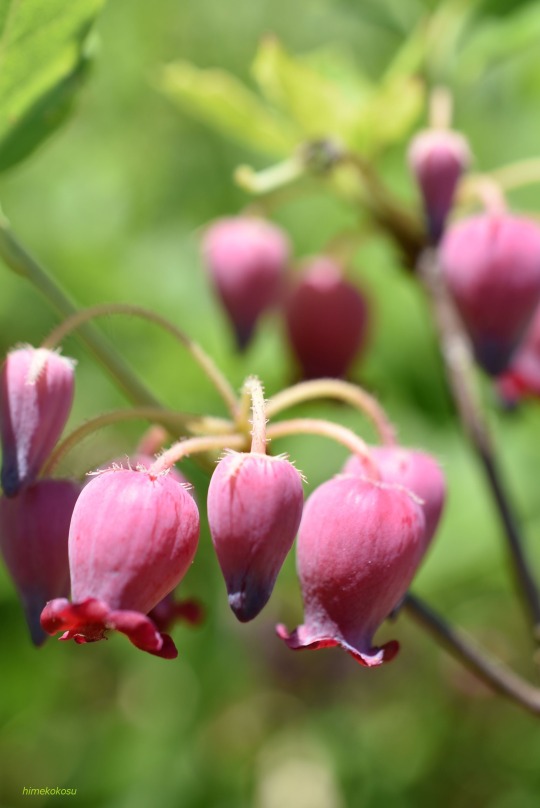
Menziesia multiflora
626 notes
·
View notes
Text
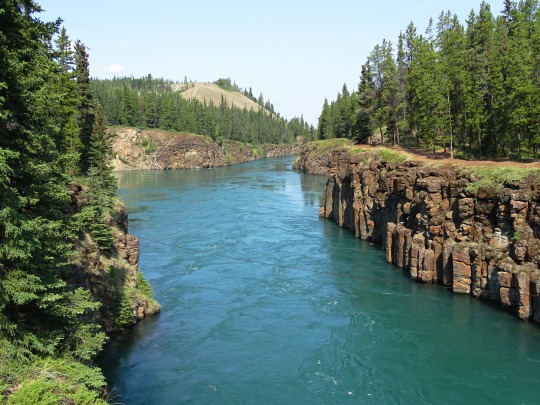


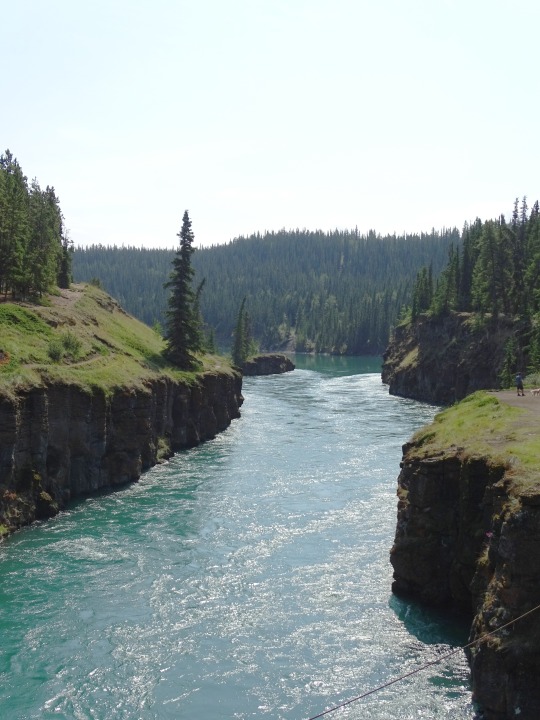
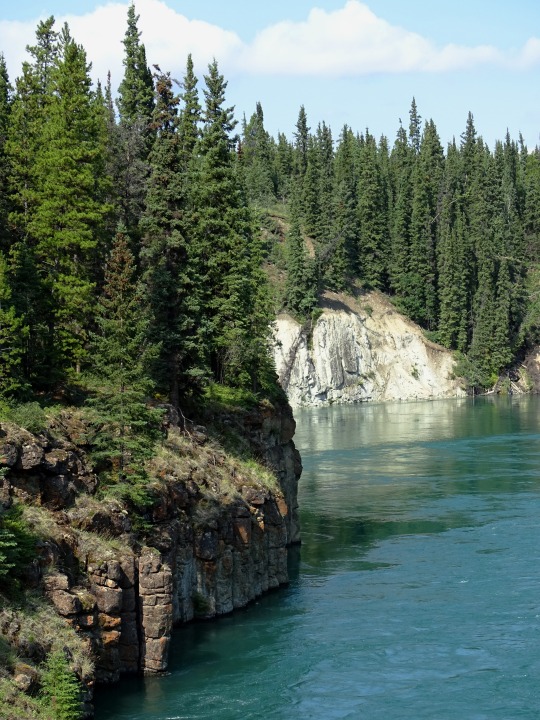
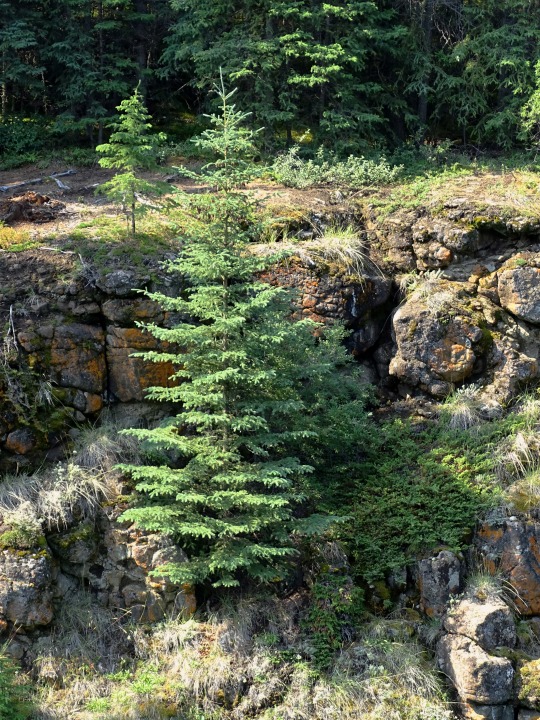


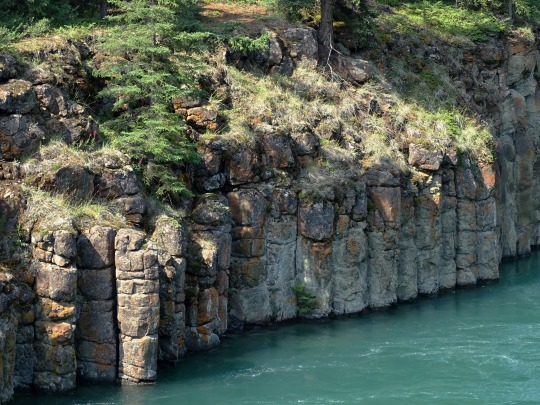
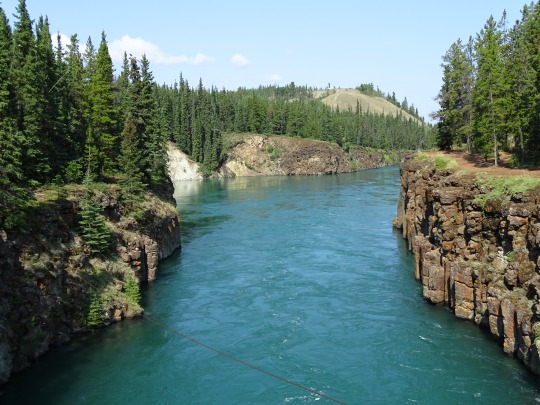
Miles Canyon, YT (No. 3)
The Miles Canyon Basalts represent a package of rocks that include various exposures of basaltic lava flows and cones that erupted and flowed across an ancient pre-glacial landscape in south-central Yukon.
The volcanic rocks are best exposed and most easily accessible at the Miles Canyon location where the Yukon River cuts through a succession of flows south of Whitehorse. In the spring, good exposures can also be seen immediately downstream from the Yukon River hydro dam in Whitehorse which was built to extract energy from the cataracts that were the White Horse Rapids. These rapids and the Miles Canyon provided a significant challenge to gold-seekers heading to the Klondike Gold Rush, and also established the upstream terminus for paddle-wheel river boats. Thus, the Miles Canyon Basalts are the reason for the establishment of the townsite of Closeleigh, eventually the City of Whitehorse.
Source: Wikipedia
#Miles Canyon#Miles Canyon Basalt#geology#volcanic rocks#travel#original photography#vacation#tourist attraction#landmark#landscape#Canada#Yukon#Whitehorse#the North#subalpine fir#river bank#summer 2023#forest#woods#flora#nature#countryside#cityscape#Yukon River#Miles Canyon Suspension Bridge#architecture#engineering
27 notes
·
View notes
Text





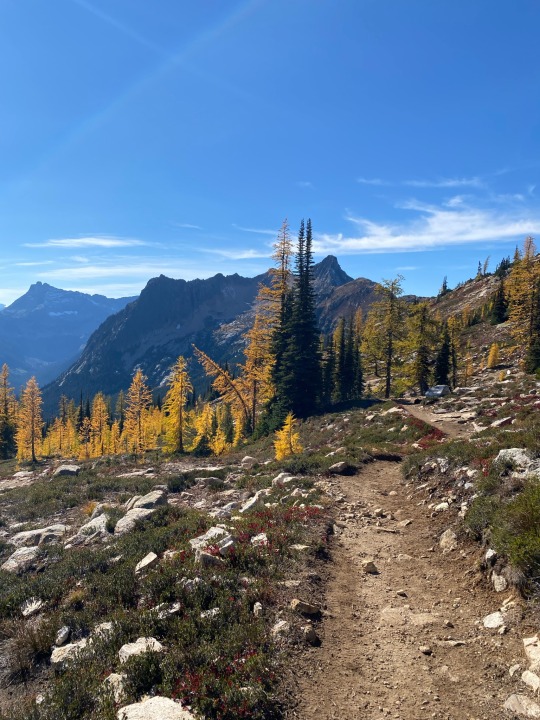
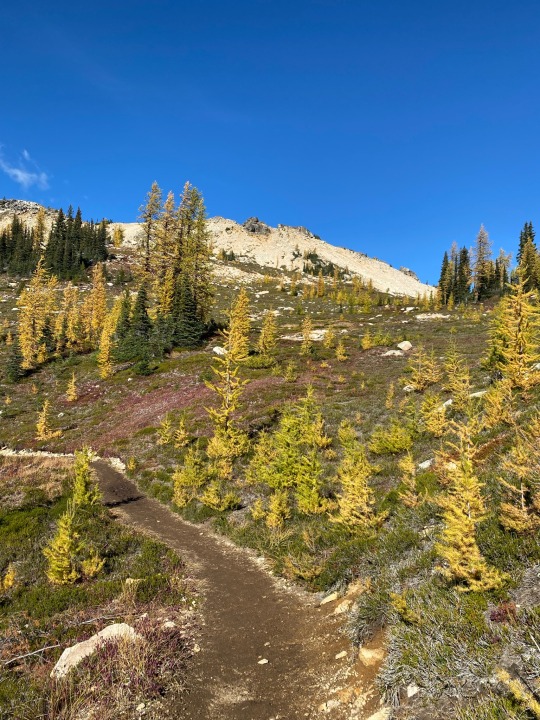

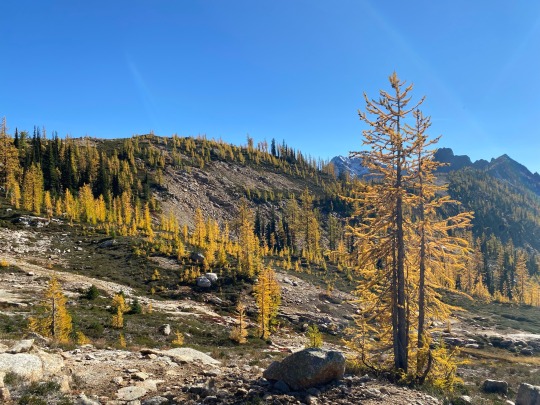
I will never tire of these trees
44 notes
·
View notes
Text

Abies lasiocarpa or subalpine fir
11 notes
·
View notes
Text
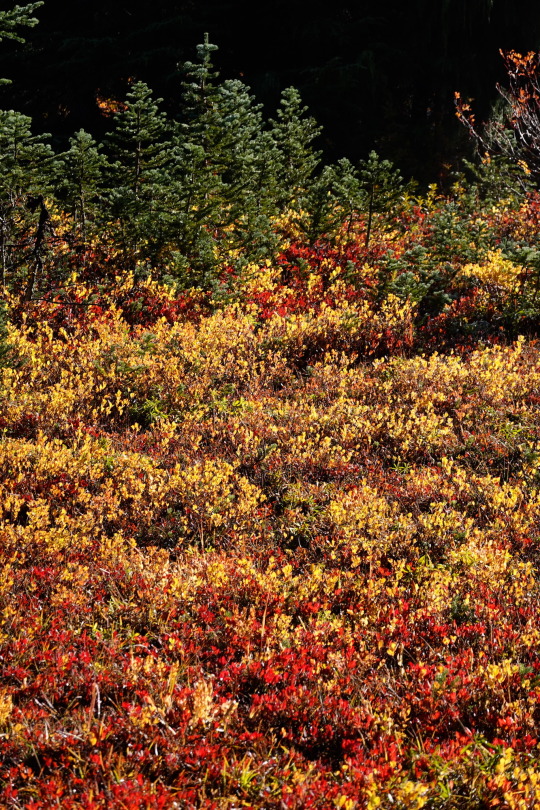
The subalpine meadows of Mount Rainier are gleaming with red, orange, and yellow fall foliage! Higher elevation areas have already seen some snow and mornings can be quite frosty, but if you bundle up and are prepared for the conditions, it is a great time to get out.


There are a variety of subalpine plants with fall colors, including deep red huckleberry bushes (above, left) and bright yellow wild rhododendron shrubs (above, right).
Where are you finding fall color in the park?

NPS Photos of fall color along the Bench & Snow Lake Trail, 9/30/23. ~kl
#mount rainier national park#fall#fall foliage#fall color#autumn#wild rhododendron#huckleberry#subalpine#subalpine meadow#Bench & Snow Lake Trail
46 notes
·
View notes
Photo

Salt Lake City Retaining Walls Landscape Inspiration for a large traditional drought-tolerant and full sun hillside retaining wall landscape in summer.
0 notes
Text









Cladonia zopfii
Many herbivores in northern and alpine habitats are reliant on lichens as a food source in this cold, desolate time of year. Perhaps the most well-documented example is the reliance of reindeer and caribou on so-called "reindeer lichens" aka Cladonia such as C. zopfi. This fruticose lichen has dichotomously-branching podetia (hollow stalks) that grow up to 6 cm tall on acidic soil in subalpine and alpine heathlands. It has an opaque, yellow-green, cottony surface. C. zopfii is rare throughout the northern hemisphere, but has maybe been largely overlooked due to its similarities to C. uncialis. For all y'all in the northern hemisphere like me, let's celebrate getting over the winter solstice hump and heading toward warmer, brighter days. And for those in the southern hemisphere, I hope you are enjoying your bright summer days while they last. And those near the equator, know that I am filled with jealousy for you always.
images: source | source
info: source | source | source
#lichen#lichens#lichenology#lichenologist#mycology#ecology#biology#fungi#fungus#nature#the natural world#Cladonia#Cladonia zopfi#reindeer lichen#I'm lichen it#lichen a day#daily lichen post#lichen subscribe#beautiful nature#weird nature#life science#environmental science#natural science#symbiosis#symbiotic organisms#algae
169 notes
·
View notes
Text

subalpine coven
#artists on tumblr#original photographers#photographers on tumblr#naturecore#landscape#lensblr#nature#my art
92 notes
·
View notes
Text

The MacRegor’s Honeyeater is a reclusive species, living in isolated pockets on the island of New Guinea. They nest in the crowns of trees in cloud forests and subalpine Dacrycarpus forests at elevations between 2,800 - 4,000m. They are monogamous breeders, with mating pairs laying a single pink and spotted egg per season.
144 notes
·
View notes